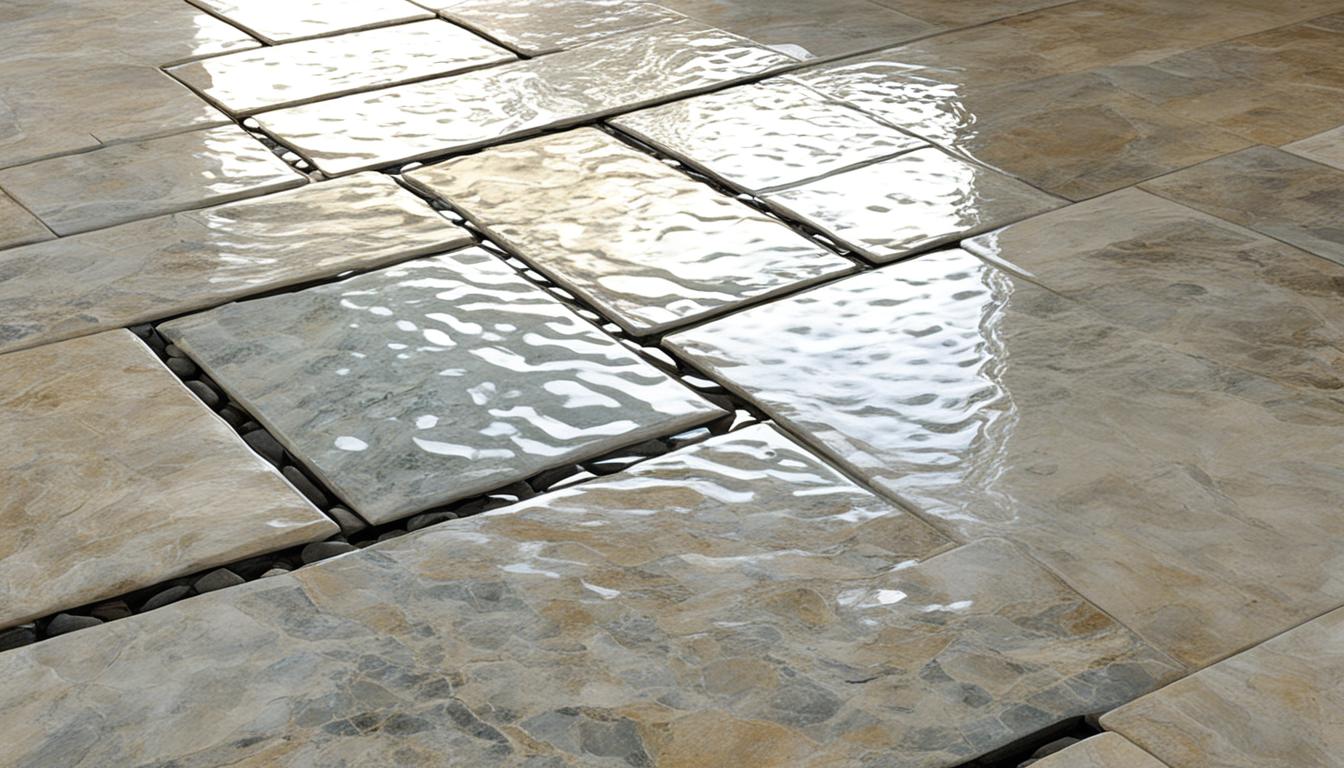Stone restoration is a craft that not only protects the aesthetic of historical structures but also enhances the worth of our homes. With the rising awareness of green techniques and the value of caring for our cultural landmarks, many residents are discovering the field of stone restoration. It could be a crumbling facade, a aged patio, or detailed interior stonework, restoring these surfaces can revive into our homes while keeping their authentic charm.
On the other hand, starting the journey of stone restoration can be challenging without the proper guidance. From identifying when it’s time to revive your stone surfaces to grasping the typical pitfalls to avoid, this comprehensive guide aims to prepare you with the knowledge you need. We’ll cover essential topics such as the best practices for caring for your stone surfaces, the skill of preserving antique stone, and whether to opt for DIY methods or hire professionals. Discovering the potential of your stone surfaces has never been easier, and it all starts with learning about the skill of restoration.
Common Mistakes in Rock Restoration
One of the most typical errors in rock restoration is neglecting to evaluate the kind of rock being restored. Different rocks have unique properties that influence their longevity and maintenance needs. For instance, limestone is more porous than granite and requires diverse cleaning and sealing approaches. Failing to recognize https://articlescad.com/revitalize-renewed-energy-into-your-stony-areas-straightforward-revival-suggestions-119173.html of rock can lead to using wrong cleaning products or methods, in the end causing additional damage than good. To avoid this, take the time to study and understand the particular characteristics of your stone surfaces.
Another common mistake is overzealous cleaning. Many homeowners mistakenly think that aggressive scrubbing or using harsh chemicals will yield better results. However, this frequently leads to damage to the surface, etching, or discoloration. Gentle cleaning solutions and techniques should be prioritized to preserve the stone's quality. Routine maintenance with appropriate products is crucial, as it helps keep the rock looking its finest while lessening the requirement for intensive restoration efforts.
Lastly, improper sealing is a mistake that can greatly impact the durability of restored stone surfaces. Some property owners apply sealants without adequately cleaning the stone first or select sealants that are not compatible for the exact stone type. This neglect can lead to trapped dirt and moisture, resulting in stains or damage over time. It is important to completely clean and dry the stone before sealing, using a product that matches the rock's specific attributes. Taking these actions will ensure that your restoration projects are effective and durable.
Important Techniques for Rock Maintenance

One of the key aspects of stone maintenance is consistent cleaning. Depending on the kind of stone, using the appropriate cleaning agents is crucial to avoid damage. For natural stones like slate, a mild pH-balanced cleaner is often recommended. Avoid harsh chemicals as they can erode the stone’s finish. Using a gentle cloth or mop ensures that you don’t scratch the surface, while routine cleaning can prevent the buildup of dust and grime that reduces the stone's natural beauty.
Protecting the stone is a vital technique to consider in your maintenance routine. Sealing helps to protect the stone from marks and moisture, which can lead to deterioration over time. Depending on the type of stone, the interval of sealing can vary. For case, porous stones such as sandstone may require more frequent sealing compared to denser materials like quartz. Regular inspections can help you determine when it’s time to reapply the sealant, ensuring your stone surfaces remain in top condition.
Finally, addressing small repairs promptly can save you from larger issues down the line. This includes fixing chips, cracks, or scratches with suitable stone filler. Taking immediate action prevents further damage and maintains the aesthetic appeal of your stone surfaces. Additionally, working with professionals for more significant repairs can help you avoid mistakes that could compromise the integrity of the stone. By incorporating https://milsaver.com/members/routekenya96/activity/1713792/ into your maintenance routine, you can ensure your stone surfaces remain gorgeous and durable for years to come.
The Value of Structural Soundness in Renovation
As performing stone renovation, maintaining the structural soundness of the components used is crucial. Stone frequently function as critical elements of a structure's stability, particularly in old constructions. Any restoration projects must prioritize the assessment of the stone's present state, spotting any defects or damage that may compromise the structure's safety. Overlooking this element can lead to further damage, causing more extensive and costly repairs later on.
Besides protecting the integrity of the property, maintaining structural integrity also plays a vital role in the visual appeal of the restoration of stone. Properly restored stone not only appears stunning but also augments the overall ambiance of a heritage site. Retaining that the authentic traits of the stone are retained while bolstering its strength can greatly enhance to the building's heritage importance. Renovators must be informed about the unique attributes of the stone types they handle and opt for the right techniques and materials to safeguard both function and form.
Ultimately, maintaining structural integrity while stone restoration is not just about the quick fixes; it is about the long-term sustainability of the building. A successfully restored stone surface can resist the elements and everyday wear, ensuring its lasting presence for upcoming generations. As we participate in restoration projects, we must commit to methodologies that support the foundational integrity of our buildings, allowing us to honor the past while protecting the years ahead.
